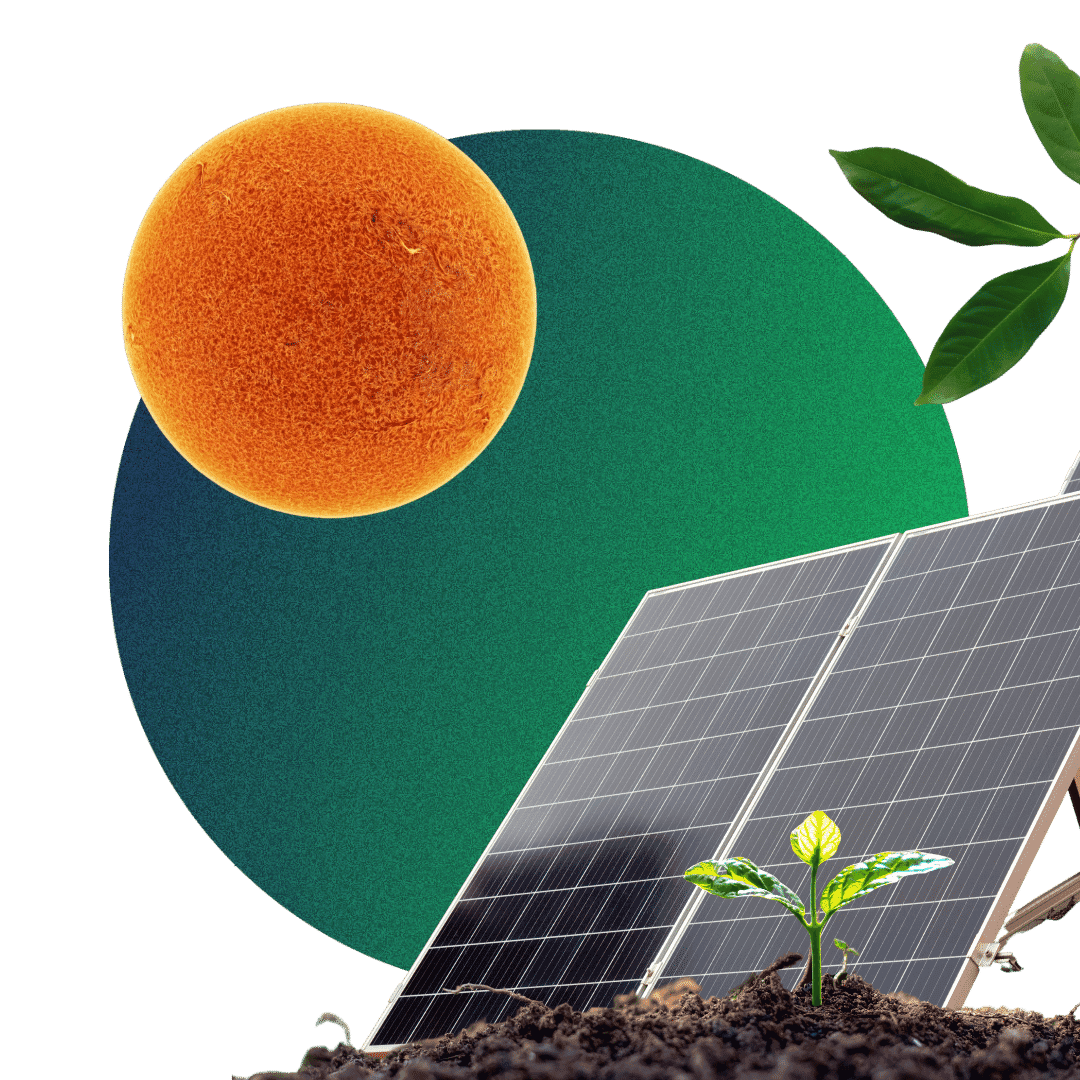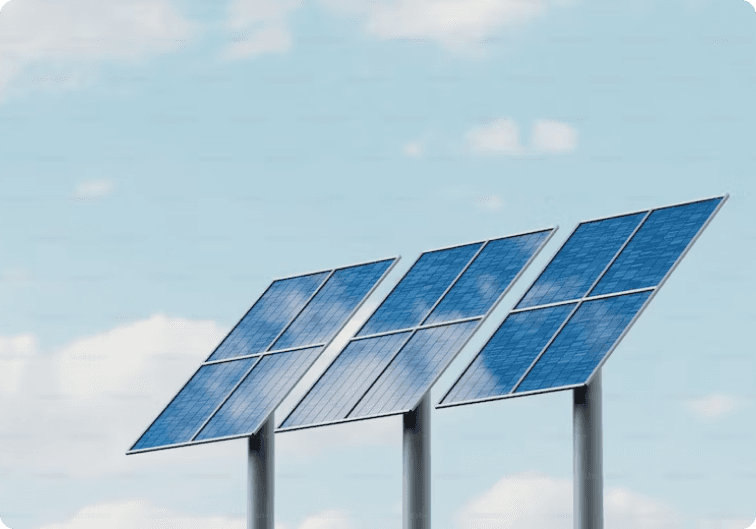Discover
industry
Photovoltaics
In the global drive for decarbonised and efficient energy, photovoltaic production leads the way as we approach net zero targets. Current innovation enhances solar panels, with growing environmental awareness. Material impacts matter, and Minviro's expertise guides sustainable panel production.
Contact us

our industry experience
Raw materials in innovative energy solutions
As with all decarbonisation technology, the raw materials used to create innovative energy solutions contain the majority of the embodied environmental impacts. We have committed significant resources to analysing the silicon supply chain, for use in a large proportion of photovoltaic types, to help you in your LCA journey. We also have intimate experience with more specialised metal supply chains used throughout panels.
our work
How we can support the industry
Assess custom photovoltaic configuration
Quantify and understand where the impacts are
Help you build realistic timelines and steps for net zero
Analyse your supply chain for key raw materials like silicon or silver
Proprietary database of silicon and panel supply chain routes

Let us measure and mitigate your environmental impact for informed sustainability
As field experts, we use Life Cycle Assessment (LCA) methodology to meticulously quantify environmental impacts in the critical raw material industry. We provide the insights you need to make environmentally responsible and risk-reducing decisions.
Book a callMaterial LCA
Technology
Try our software for assessing and lowering impacts today

FAQ
What is the environmental impact of a photovoltaic system over its life cycle?
With LCA we can quantify the environmental burdens, including resource consumption, emissions, pollutants, and other impacts associated with all stages of the life cycle - through raw material extraction and processing, manufacturing, transportation to end of life recycling.
How important is supply chain analysis when considering photovoltaic LCAs?
The impacts of raw and critical materials can vary significantly across differing production processes and sources. Understanding the materials required for photovoltaic manufacturing, where they're sourced and how they were produced is essential, not only for a compliant, but accurate and robust LCA.
Which life cycle stages are the biggest environmental 'hotspots' in photovoltaic supply chains?
Often, raw material extraction and manufacturing are the greatest environmental hotspots. Photovoltaics require a wide variety of materials such as silicon, copper, silver, aluminium, tin, and more depending on the type of PV and technology. These commodities can have significant embodied environmental impacts, while the manufacturing processes can consume significant amounts of energy and reagents. LCA can help identify the exact hotspots in supply chains and prioritise areas for impact reduction.
How can LCA aid the development of photovoltaic design and manufacturing?
LCA results can inform designers & manufacturers about the environmental impacts associated with their products and/or processes supply chain, helping guide them towards impact reduction, while also ensuring they are compliant with relevant regulations and standards.
How can LCA of photovoltaics help with decision making, as well as policy and regulations?
LCA results can advise consumers, decision makers, and policymakers about the environmental impacts associated with photovoltaics. This can help guide decisions related to energy policy, technology adoption, and sustainability initiatives.